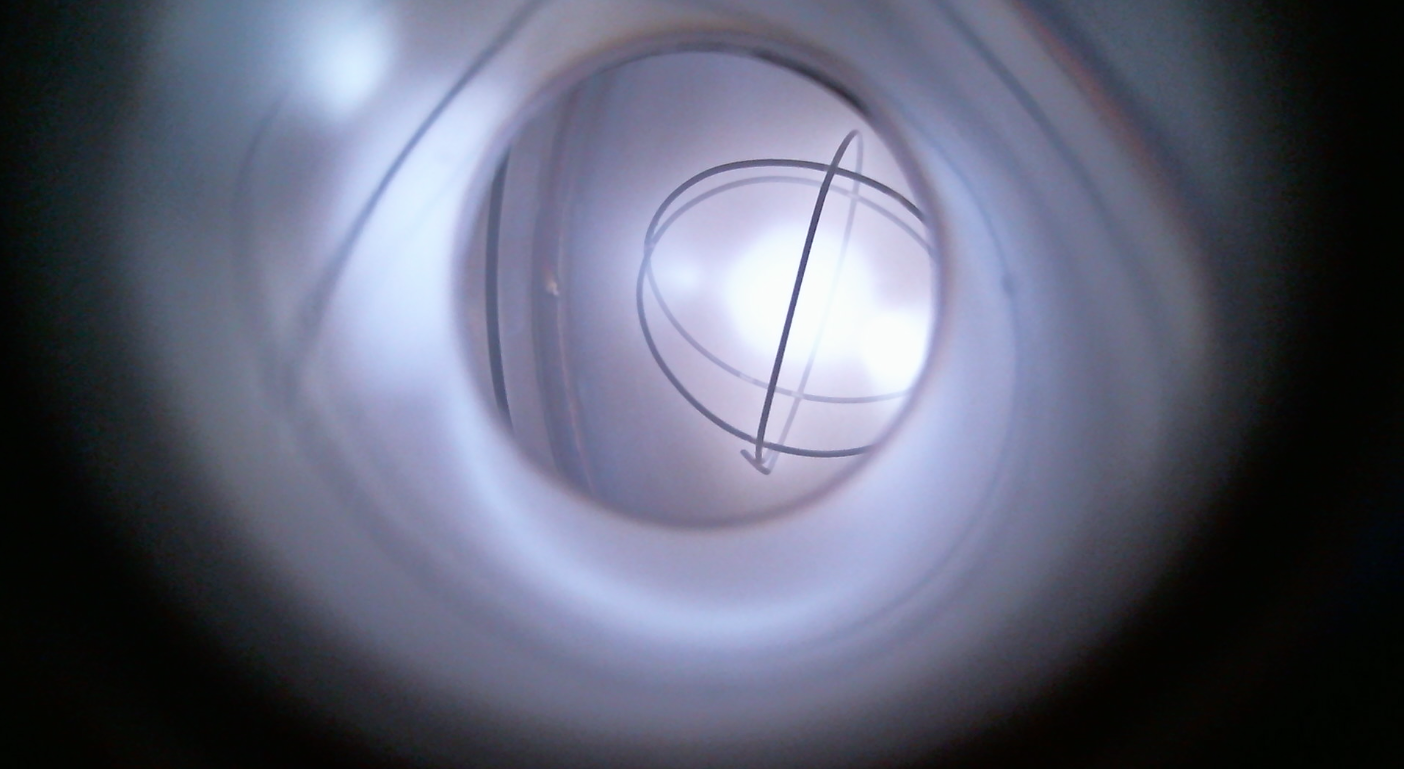Theory of Operation
A sounding rocket is one that, while it doesn’t actually launch a payload into orbit, it does gather interesting scientific data.

Yet, most are launched at ground level, costing precious delta-V to the gravitational well as well as drag. Thus, a way to overcome this would greatly increase the range of the rocket.
One way to accomplish this is via the use of a high altitude balloon. The payload would be attached to this balloon, and would launch when the balloon hits its highest altitude. The goal for this experiment is to hit 80,000 meters with a 1.33 kg payload (a mock CubeSat).
One problem is that many balloons don’t go high enough; they usually burst when the pressure outside exceeds the pressure inside. I therefore plan to develop a new type of balloon with a hardened exterior so as to resist bursting. It will also be filled with low pressure hydrogen. Essentially, as opposed to a regular high-altitude balloon (such as a weather balloon), the volume will be kept constant, and so it will rise until the buoyant force is zero.
After this is accomplished (and hopefully works properly), I plan to integrate a railgun into my design. There are two main problems preventing the use of a railgun to regularly launch payloads into orbit: drag and acceleration. However, given that it will be launched at an altitude where the atmospheric pressure is essentially zero, drag is a nonissue. Also, given that the payload would be a CubeSat (not a human), acceleration is also not much of an issue.

I have recently been informed that what I am doing is similar to what many tech startups (Stofiel Aerospace and JP Aerospace) are working on. With any luck, once I have a working prototype, I will reach out to these companies for a possible collaboration.
Keep in mind that this is simply the plan behind this project. I will begin creating technical blueprints in June, and construction of the prototype will begin shortly thereafter.
